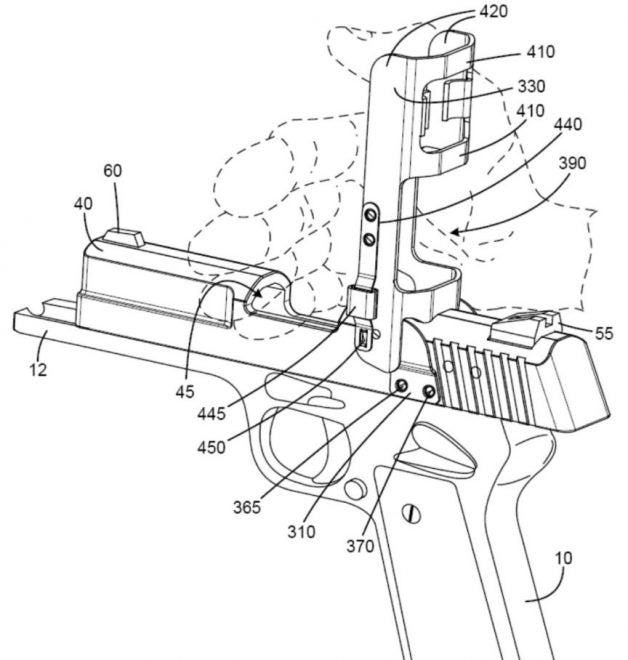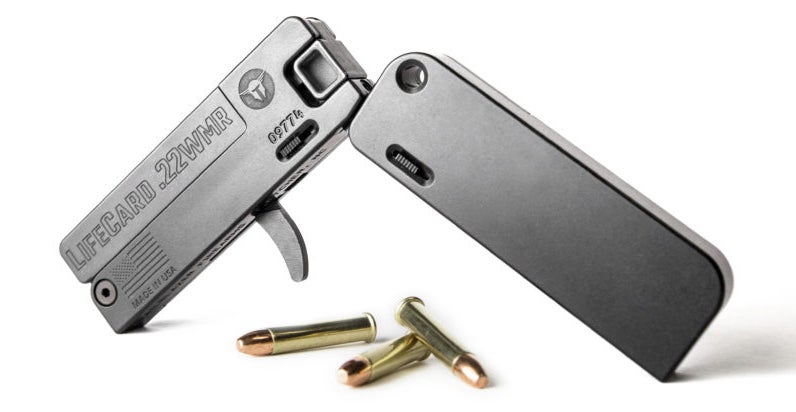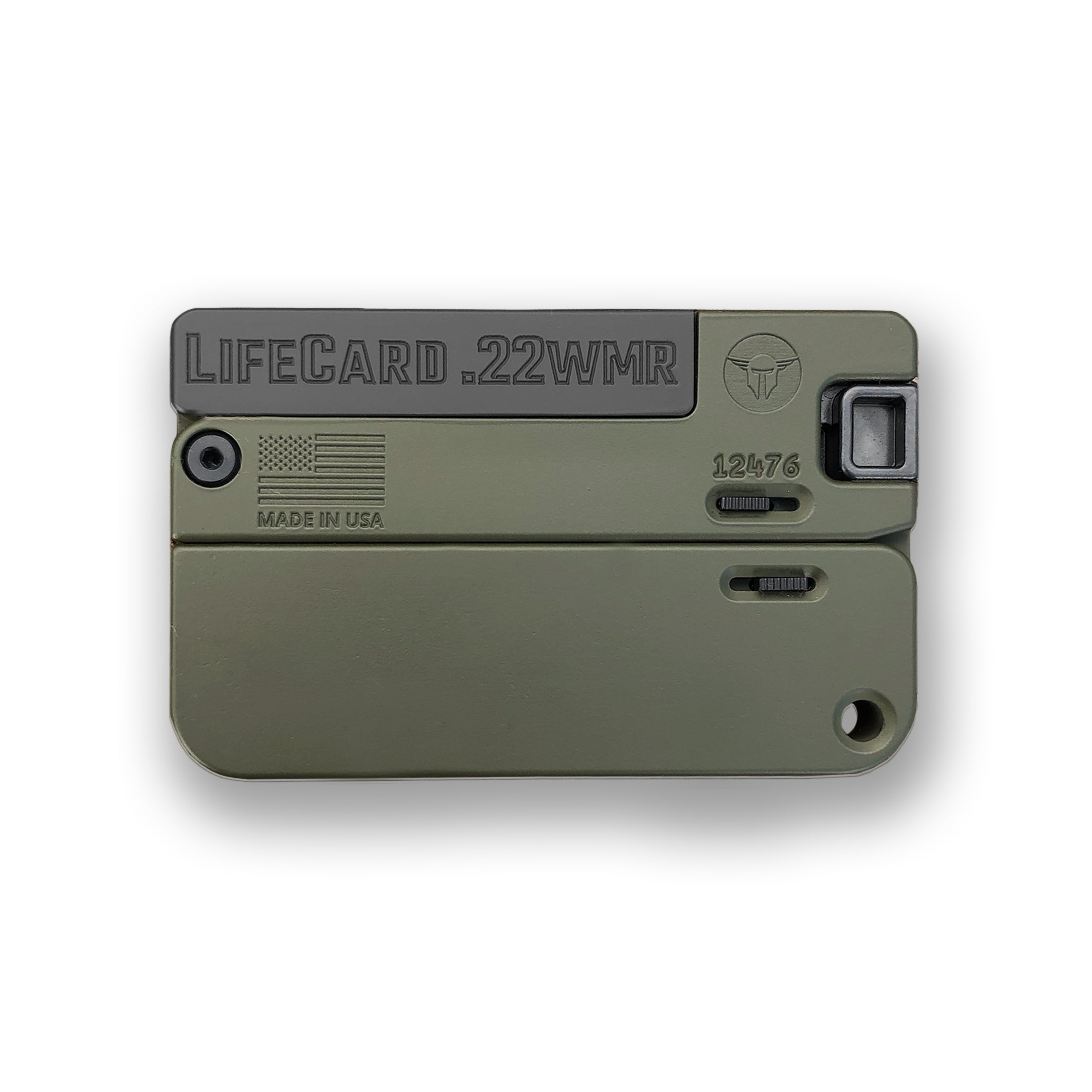So You Have a Great Idea for a Sporting Goods Product
Eve Flanigan 08.17.20

Have you ever been frustrated by some troublesome aspect of your hunting or range routine, and dreamed up a solution? Is the problem you solved also one that others experience? Is the solution new and different in some way? If so, why not consider making your invention available to others, while it makes money for you? Filing for and obtaining a patent on that invention is the only sure way to protect your idea and keep any potential income from it.
AllOutdoor (AOD) recently sat down with Bennet “Ben” Langlotz, who calls himself The Gun Patent Attorney. It’s a name he’s come by honestly, representing some of the industry’s biggest names, including Sig Sauer, Hornady, Armalite, and many more. He’s also an inventor in his own right. Among his patented inventions is the Trigger Tamer, a device to lighten and improve trigger performance in the Steyr AUG.
Outdoorspeople are an innovative lot, often solving problems in the field with self-devised methods. So we wanted to know how any outdoorsman (including outdoorswomen) with an innovative idea can go from having a concept to marketing a successful product.
AOD: Let’s say I have a great idea for a product, and I think it’ll be a hit. Where do I start?
Langlotz: You want to act in terms of a “first to file” system. There’s urgency and secrecy necessary to get something filed with the US Patent and Trademark Office (USPTO). It starts with an inexpensive, provisional application for a patent. You’ll provide your own sketches and enough words to explain what the product does.
This can be done on your own; I have a free guide for self-filing. Follow it, and it’s very inexpensive compared to a full-draft application prepared by a lawyer. Once you’re filed, the product has patent pending status and it’s safer to start the real work of bringing the product to market. You have one year.
In that first year, you’ll be making, using, and selling the product, and building relationships with suppliers and customers. This is the year to sell like hell and make sure this Is worth investing in before you make a big investment decision on a full patent application. I help start-ups as well as big companies, and we have some tricks for extending that year if needed.

Once you have patent pending status, if you’ve enlisted my help, my office will provide reminders of when it’s time to do various things. It can be easy to overlook since a patent is really a small part of a product.
If you weren’t sure before, this is the time to evaluate whether the project is viable, in terms of market demand and in view of the sort of patent, or patents, it’ll entail. A patent for a two-dollar product can be as challenging as a $2,000 product. Complexity varies from one product to the next, and some final products have multiple patents.
AOD: What kind of product would have multiple patents?
Langlotz: Let’s say I have a rifle that has a new kind of safety, a quick-detach barrel, and an adjustable attachment between the lower and upper to accommodate stretching of the receiver. This is a real product that we’ve sought a palisade of protections for.
The patent attorney can remind you of deadlines while you’re busy getting the product to market and hopefully making money. It’s always nice if the product itself is selling enough to pay for the patent one year in….in fact, one big player in the industry uses this as a measure of whether the application process will continue.
AOD: What’s the most common obstacle to getting approval?
Langlotz: The thing that hinders most people is the discovery of prior technology. But we have appeal options, and normally, we just get the patent. Most applications turn into patents.
AOD: Do gun patents have their own special examiners who are subject experts?
Langlotz: Examiners are grouped according to expertise, which means most of the time, I work with the same examiners over and over. We know each other’s kids names, we talk that often. They are very good at their jobs. I know what they’re going to expect, and they know I don’t bring them junk. So we work as a team, not as adversaries. Those relationships built over time decrease the time to approval as well as the cost to the client. Of course, some products have components that don’t fall into the firearms category, and in those cases I’m sailing in uncharted waters as far as the examiners are concerned.

AOD: Tell us about some of your favorite patents.
Langlotz: I’ll tell you about one that happened this year, the Life Card by Trailblazer Firearms. It was created by Aaron Voigt, a homebuilder by trade who designed a credit card-size gun. He’ll be a new SHOT Show exhibitor this year with his design that does really unusual and new things with gun components.
Have you got what it takes?
It’s clear after talking with Ben Langlotz that having a great idea, and even making it come to life, is the easy part of the patent process. Those who find success are also experts at selling their concept to investors and sometimes to merchants/distributors—if they’re not wrangling direct sales as well. Clearly, being skilled with people is perhaps more important than having that brilliant, problem-solving idea.